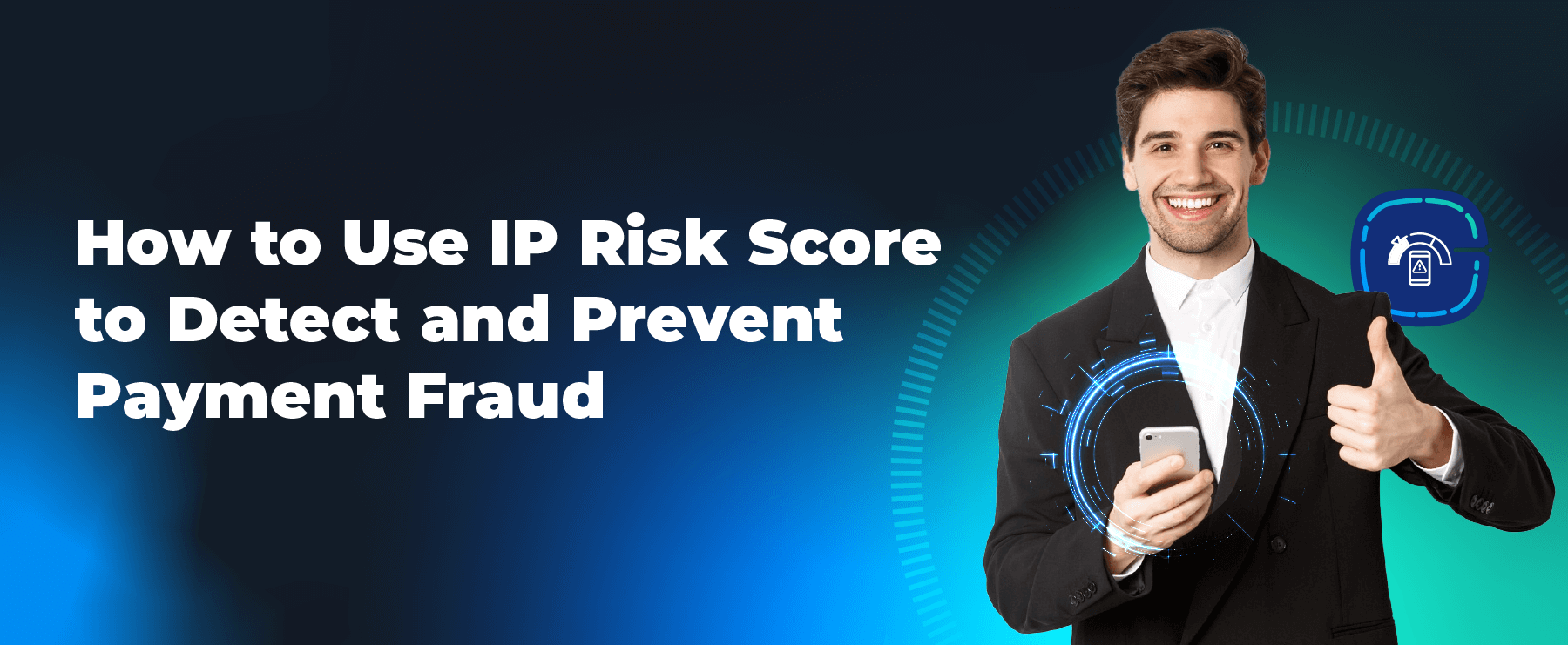
Payment fraud is a serious threat to online businesses, as it can result in chargebacks, fines, and loss of customer trust. According to a report by Juniper Research, online payment fraud losses are expected to exceed $200 billion by 2024 . Therefore, it is crucial for online merchants to have effective fraud prevention tools and strategies in place.
One of the most common and powerful fraud prevention tools is the IP risk score, which is a numerical rating that indicates how likely it is that a certain IP address will be used for fraudulent purposes. IP addresses are distinctive identities given to internet-connected devices and can be used to monitor and examine online activity.
In this blog post, we will explain an IP risk score, how it works, and how it can help you detect and prevent payment fraud on your website.
What is an IP risk score?
An IP risk score is a value between 0 and 100 representing the risk level associated with an IP address. The higher the score, the higher the risk of fraud. The scores are calculated by analyzing various factors, such as:
- The location of the IP address and its consistency with the billing and shipping information provided by the customer.
- The history of the IP address and its involvement in previous fraudulent transactions or chargebacks.
- The type of the IP address and its anonymity level. For example, fraudsters often use proxy and VPN IP addresses to hide their true identity and location.
- The behavior of the IP address and its patterns of activity. For example, frequent IP address, device, or browser changes may indicate fraud attempts.
An IP risk score can be obtained by using a fraud detection tool or service, such as TruScore – a product by Trusense – which leverages advanced machine learning and data science to provide accurate and real-time IP risk scores for every transaction.

How does an IP risk score help detect and prevent payment fraud?
An IP risk score can help you detect and prevent payment fraud by allowing you to:
- Filter out high-risk transactions and flag them for manual review or rejection. You can set your own threshold for the IP risk score and customize your fraud rules according to your business needs and risk appetite.
- Block or challenge suspicious transactions and require additional verification steps, such as 3D Secure, CAPTCHA, or SMS OTP. This can help you reduce false positives and increase customer satisfaction.
- Identify, track fraud trends, patterns and adjust your fraud prevention strategy accordingly. You can use the IP risk score assessment to gain insights into your fraud sources, types, and methods and optimize your fraud prevention performance.

How to get started with IP risk score?
Suppose you want to start using IP risk score to detect and prevent payment fraud on your website. In that case, you can sign up for TruScore, which offers a comprehensive and flexible fraud prevention solution that integrates seamlessly with your payment platform.
With TruSense’s TruScore, you can:
- Access real-time IP risk scores for every transaction and view detailed fraud reports and analytics.
- Create and manage your own fraud rules and workflows and customize them according to your business needs and risk appetite.
- Benefit from TruSense’s global network of data and intelligence and leverage the latest fraud prevention technologies and best practices.
To learn more about TruScore and how it can help you reduce payment fraud and increase revenue, visit our website or contact us today.






